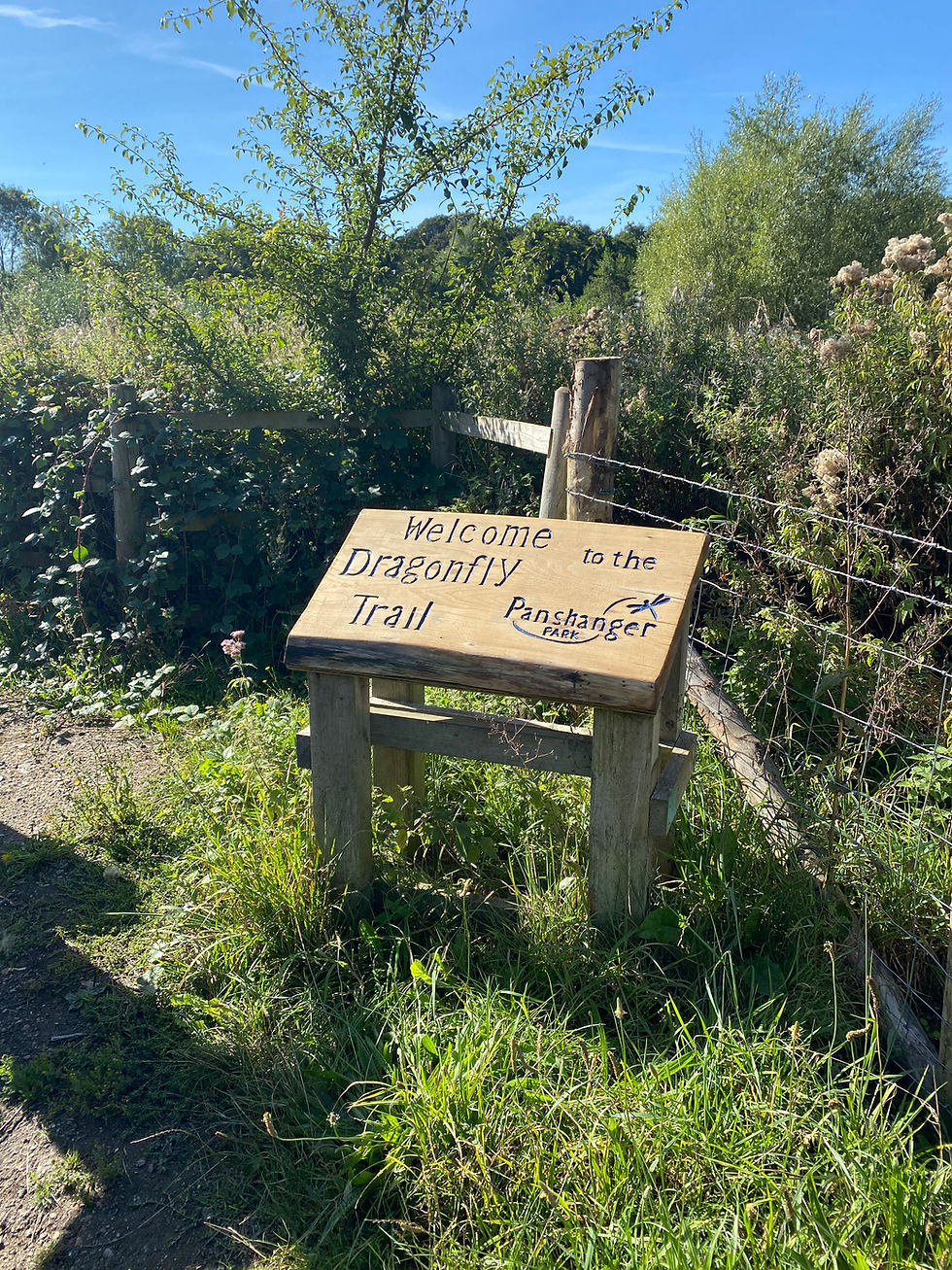GWCT’s Big Farmland Bird Count
- Alice Clark

- Feb 8, 2022
- 3 min read
Updated: Feb 3, 2023
The Big Farmland Bird Count is organised by the Game & Wildlife Conservation Trust (GWCT) to encourage land managers to support farmland birds and to highlight the conservation work already done by many farmers and gamekeepers.

Photo credit: Nigel Russell
“2021’s GWCT Big Farmland Bird Count was record-breaking, and we want to thank all those who took part. Now we are challenging the UK’s land managers to beat their own record and make 2022’s count bigger than ever,” said Dr Roger Draycott, organiser and head of advisory services at the GWCT.
You can find out more, and discover how to take part at: https://www.bfbc.org.uk/
To get you started, we have put together a ’10 days of farmland birds’ cheat sheet. These can be seen daily on our social media, or you can find the complete cheat sheet below.

Photo credit: GWCT
Yellowhammers
Identifying Features: Males are unmistakeable with their bright yellow head and underparts. They also have a brown back and chestnut rump. White outer tail feathers can be seen while in flight. The females are typically a less vibrant yellow.
Where to spot them: They mainly feed on ground in flocks during the winter in winter stubbles or game covers, flying to nearby hedges when flushed. You can also often see them perched on top of hedges or bushes singing.
Listen out for: Their classic song is described as ‘a little bit of bread no cheese’.

Photo Credit: Male - Jonathan Bull, Female - GWCT
House Sparrow
Identifying Features: Similar in appearance to tree sparrows, house sparrows are slightly larger. They have brown wings with grey body and forehead. Females are duller in colour, with lighter brown wings and heads, and no black on the face at all.
Where to spot them: Very social birds, they can often be found together, sitting, and chattering in the same bush. They can often be found around farm buildings looking for grain.

Photo Credit: Jonathan Bull
Tree Sparrow
Identifying Features: The rarer of the two sparrow species. Males and females look the same, with brown heads and wings. Their distinctive feature is black spot on the cheek.
Where to spot them: Very social birds, they can often be found together, sitting, and chattering in the same bush. They are also often seen in stubble or game cover in the winter.

Photo Credit: Jonathan Bull
Skylark
Identifying Features: The skylark has a grey-brown body, with white underbelly. They have a distinctive crest when erected. White outer tail feathers can be seen while in flight.
Where to spot them: They can usually be seen in most areas of open farmland, with large flocks congregating in winter, feeding in winter stubbles.

Photo Credit: Jonathan Bull
Meadow Pipit
Identifying Features: A small olive-brown and streaky bird with white outer tail feathers. Their chests are buff-white, with a streaked chest and sides.
Where to spot them: In winter they can be seen in winter stubbles and unimproved grassland.

Photo Credit: C Loades
Corn Bunting
Identifying Features: Less common, they are a cream-brown bird with fine streaking. A notably stout bill is distinctive. Similar plumage to larks, they have dark-streaked grey-brown upperparts and buffy white belly, with dark streaks on the throat-side and side of belly. There is no white on the tail, unlike skylarks and yellowhammers.
Where to spot them: Often seen in open farmland, in winter they can found in stubble. They will also use buffer strips and grass margins.

Photo Credit: Jonathan Bull
Linnet
Identifying Features: Belonging to the finch family, males have mostly brown wings and distinctive red on the chest and head. Females have no red, and are a more consistent light brown all over, with dark spots on their chests.
Where to spot them: Linnets are usually in big noisy flocks seen feeding on seed bearing plants.

Photo Credit: Jonathan Bull
Reed Bunting
Identifying Features: Males have black heads and white collars, with brown wings. Outside of the breeding season males have a brown head. The females are more buff coloured and streaky all over, with a striped head.
Where to spot them: Reed buntings are commonly found around ponds, ditches, streams, and wet corners. They can also be found in cereal crops and oilseed rape.

Photo Credit: Jonathan Bull
Fieldfare
Identifying Features: A larger thrush, with a grey head and rump, and brown wings. Their chest is chestnut-orange colour with black spots.
Where to spot them: Usually seen in large flocks feeding on arable land surrounded by hedgerows. A winter visitor.

Photo Credit: Jonathan Bull
Redwing
Identifying Features: Redwings have a distinctive whitish eyebrow and red-orange patches under the wing. They are brown with spotted bellies.
Where to spot them: Usually seen in large flocks feeding on arable land surrounded by hedgerows. Often in mixed flocks with fieldfares.




Comments